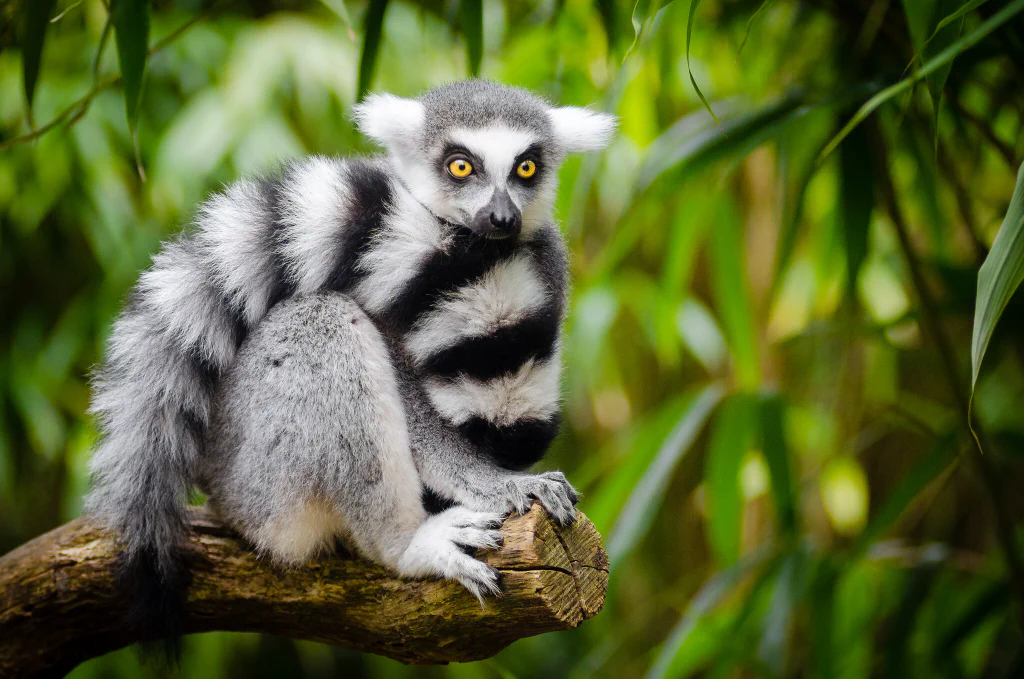AI and Animals: How Technology is Helping Wildlife Conservation

Imagine a world without tigers, elephants, or even bees. It sounds pretty empty, right? Animals are a big part of our planet, and it’s important to keep them safe so they can continue to live and thrive. But as our world changes, animals face more and more challenges, like losing their homes or struggling to find food. That’s why helping to protect wildlife is so important.
You might think that saving animals is the work of scientists out in the wilderness, but computers and other technology actually play a big role, too. From cameras that track animals in the wild to computers that can think like a human brain, technology is making a big difference. One of the coolest types of technology people are using to help animals is called artificial intelligence, or AI. AI is a technology that gives computers a human-like ability to think and make decisions. People can use AI to monitor animals and map out their habitats, which helps us to better protect them.
Why Do Animals Need Our Help? #
Animals face many problems that make it hard for them to survive. Sometimes, people cut down the forests where they live to build houses or farms, leaving animals without a place to call home. Other times, animals are hunted for their fur, tusks, or other body parts. Things like pollution and climate change can also make life tough for animals. Because of all of these challenges, some animals are in danger of going extinct, meaning that they’d disappear forever. That’s why they need our help to make sure they have safe places to live and enough food to eat.
What Is Biodiversity, and Why Is It Important? #
Biodiversity is a big word that means “the variety of all living things.” If an area is biodiverse, that means that lots of different types of plants and animals live there. Biodiversity is important because every living thing has a role to play in nature. For example, bees help plants grow by carrying pollen from one flower to another, and plants give us oxygen to breathe. If we lose even one plants or animal species, it can cause problems for other living things, including humans.
How AI Is Helping Wildlife #
Scientists can use AI in a bunch of different ways to figure out how well different species are doing, find which types of wildlife are in trouble, and plan out ways to help them.
Recognizing Species: AI can recognize different types of animals. Researchers can set up cameras in different places or use cameras on drones to take pictures of an area, then have AI look at all of the pictures and tell them what types of animals live there and how many of each there are. It can even recognize specific animals’ faces, just like you recognize a friend when you see them at school.
Tracking Animals: Sometimes, scientists will catch animals and put tracking devices on them so we can keep track of where they go. AI can look at all of the data from these devices and figure out where the animals like to live, where they tend to migrate to, and when they move from place to place. It can then predict where and when they might go next.
Protecting Habitats: When we use AI to figure out where animals live and where they might move to, we know which areas we need to protect and keep people away from. People can also use AI to watch over an area for signs of problems: We can send drones over an area to take pictures of it, then ask AI to tell us what has changed about the area and why. For instance, this technology can spot when trees are being cut down or paths are being cut through an area where people aren’t supposed to be doing those things. AI can also predict where animals might run into trouble. For example, if a herd of elephants is getting close to a village, AI can send a warning to the people living there. This helps prevent dangerous encounters between animals and humans, keeping both safe.
How Can Kids Get Involved? #
Even though AI is very high-tech, you don’t need to be a computer expert to help wildlife. There are lots of ways kids can get involved in helping wildlife. You can join or start a wildlife club at school, where you can learn more about animals and how to protect them. You could also help raise money for wildlife charities or adopt an animal through a conservation program. And even small actions, like recycling or planting trees, can make a big difference for animals and our planet. Saving wildlife is a team effort, and everyone, including kids, can play a part.
Additional Resources #
- How You Can Help Save Animals
- What Is Wildlife Conservation?
- Ten Easy Things You Can Do to Save Endangered Species
- Six Ways You Can Do Your Part to Conserve Wildlife
- How to Help Wildlife at School
- 11 Ways to Help Wild Animals
- Learn About Threatened and Endangered Species
- Nine Ways You Can Help Threatened Species
- Ten Easy Ways You Can Help Save Rainforests
- How People Work to Protect Wild Animals
- 16 of the World’s Most Endangered Animals
- How AI Buys Valuable Time to Protect Wildlife
- AI Being Used to Track World’s Wildlife
- AI Prompts to Improve Our World
- AI in Conservation: Past, Present, and Future